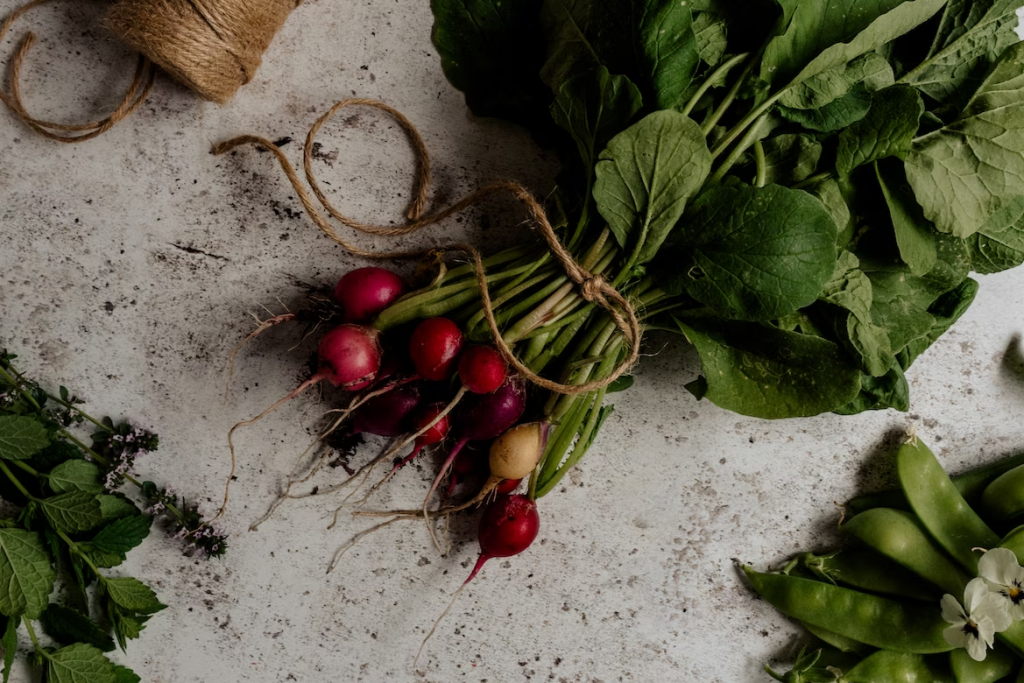Are you tired of spending money on expensive and disappointing vegetables from the grocery store? Do you long for an abundant supply of fresh produce right at your fingertips? It’s time to embark on the journey of creating your own kitchen garden. With a kitchen garden conveniently located near your kitchen or dining area, you can enjoy a sustainable and compact garden that meets your everyday needs. Let us guide you in creating your very own kitchen garden.
What is the kitchen garden primarily intended for?
Kitchen gardens have become increasingly popular in recent years, as more and more individuals are looking for fresh, pesticide-free produce. Not only do they offer numerous health advantages, but they also provide a sense of fulfillment and pride when growing their own food.
Having a kitchen garden offers numerous advantages. Let’s explore a few:
- Abundance of fresh produce: With your very own kitchen garden, you can conveniently harvest fresh fruits and vegetables just before enjoying them.
- Enhanced flavor: Homegrown produce tends to have a more delightful taste compared to store-bought options. The natural ripening process that occurs on the plant contributes to its exceptional flavor.
- Garden-fresh produce is packed with vital nutrients, ensuring excellent nutritional value. By growing your own food, you gain absolute control over the cultivation process.
- Reducing food waste: Often, store-bought produce spoils before we have a chance to use it. However, by cultivating your own produce, you can harvest only what you need, thus reducing unnecessary food waste.
- Cost savings: Growing your own produce can be a cost-effective way to relish fresh fruits and vegetables. Once you’ve made the initial investment in setting up your garden, you can consistently harvest produce throughout the growing season. This not only saves you money on grocery bills but also allows you to supplement your store-bought purchases if you grow enough.
- Sustainable living: The act of growing your own produce promotes sustainable living. By doing so, you contribute to a more environmentally friendly lifestyle, reducing your carbon footprint and fostering a healthier planet overall.
Types of Kitchen Garden
There are several different types of kitchen gardens, each with its own benefits and considerations. Here are a few examples:
- Container gardens: The most compact, almost portable type of garden. Pots, planters, or other types of containers may be used. The versatility of container gardens allows them to be placed on balconies, patios, or even windowsills.
- Raised beds: These gardens are cultivated in an enclosed, raised area. This feature has a couple of important advantages: you don’t have to stoop low and you can grow plants even if you have poor soil.
- Vertical gardens: Vertically grown gardens utilize walls or other vertical structures to optimize limited space and contribute a distinctive aesthetic appeal to any given area.
How to choose the perfect location for a kitchen garden?
Choosing the right location for your kitchen garden is crucial to its success. Here are some helpful tips on selecting the perfect spot:
- Sunlight. Plants generally require a minimum of six hours of direct sunlight each day to thrive. Your site must meet this need, otherwise, the quality of the crop will be an order of magnitude lower than expected. Little light? Choose those plants that are not so demanding on lighting. There are shade-tolerant plants such as lettuce or spinach.
- Water is vital for any garden, so make sure to choose a location near a water source.
- Soil quality. Avoid areas with hard, compacted soil or those that are prone to flooding. If you find that your soil quality is poor, you might want to consider using raised beds or container gardens.
- Climate. Different plants thrive in different climates, so it is essential to choose a location that suits the specific needs of the plants you want to grow.
Choosing plants for the garden
One of the key steps in creating the perfect garden is the selection of plants. We have a hack. It is not at all necessary to know everything or collect fragments of information on the World Wide Web. You only need to install the LiLy plant identifier app for iPhone from the Apple Store and use the search. There is a lot of valuable information here to help you create the perfect garden. By the way, the plant identifier app will also be useful for caring for plants, as it provides a lot of valuable information. With the plant app, it will be easier to find the most suitable horticultural crops.

Conclusion
Creating your own kitchen garden is a rewarding and enjoyable experience. With the right knowledge, guidance, and resources, you can have an abundant supply of fresh fruits and vegetables at your fingertips. So why wait? Start planning for your very own kitchen garden today!

